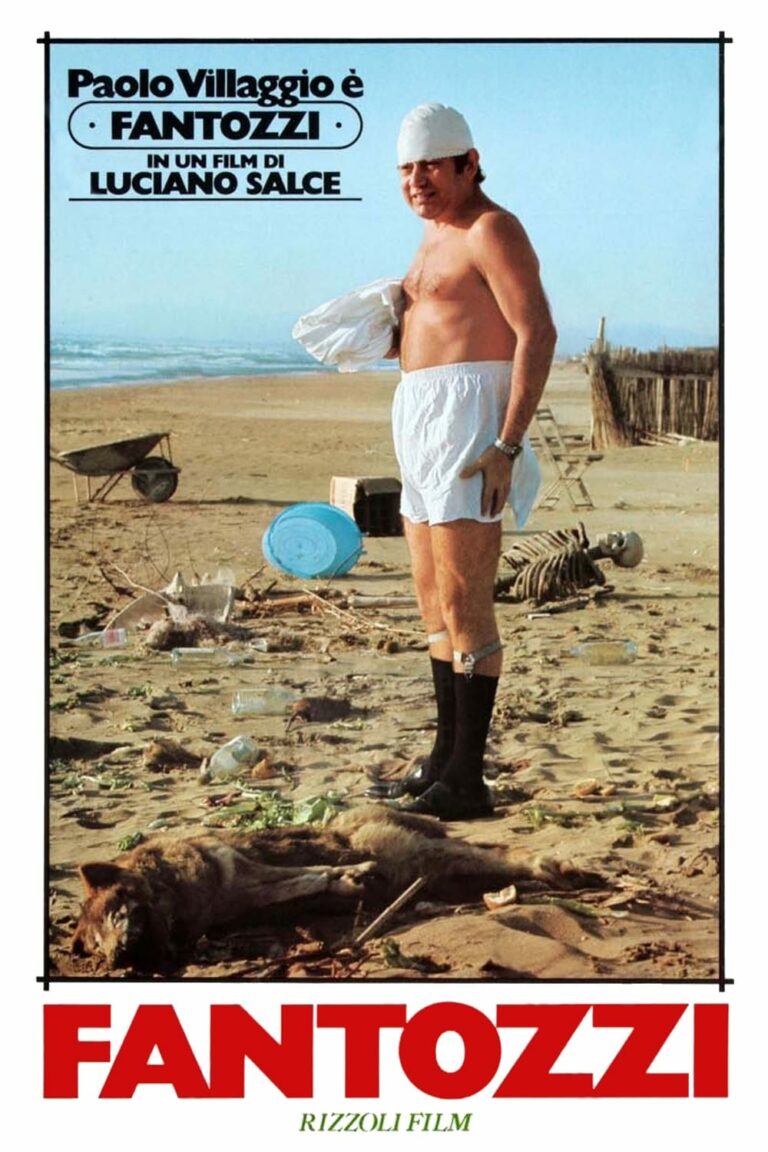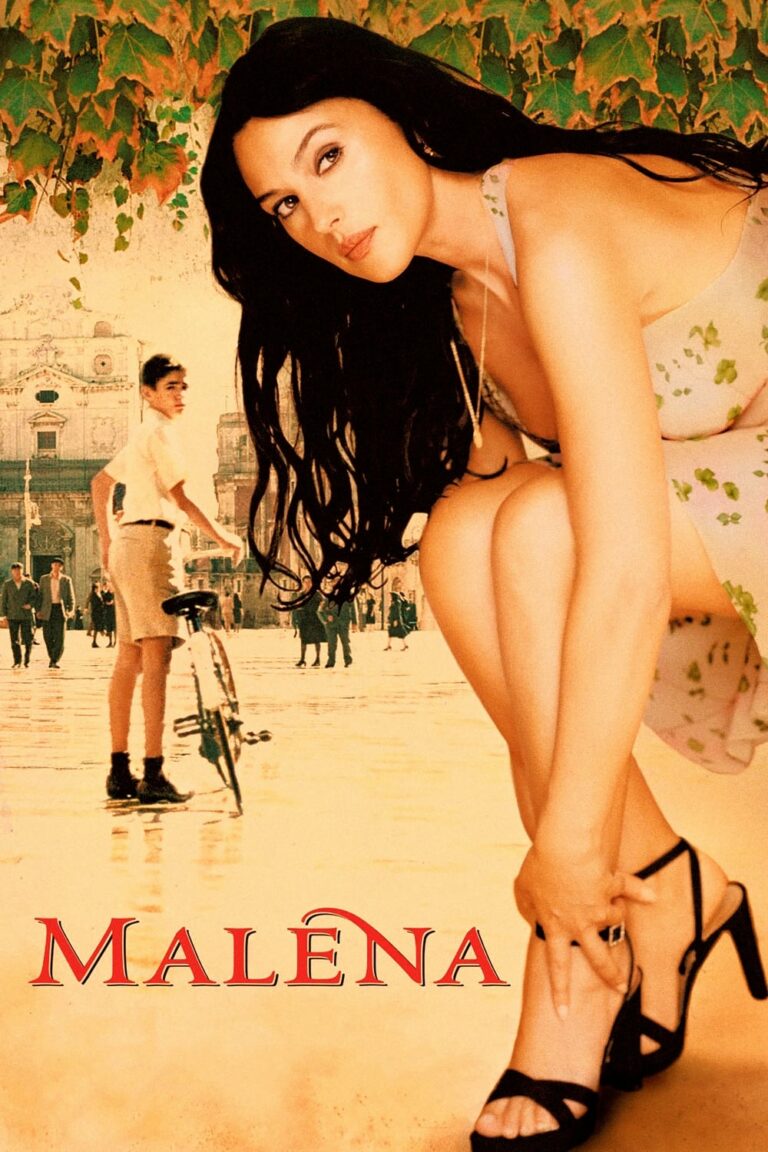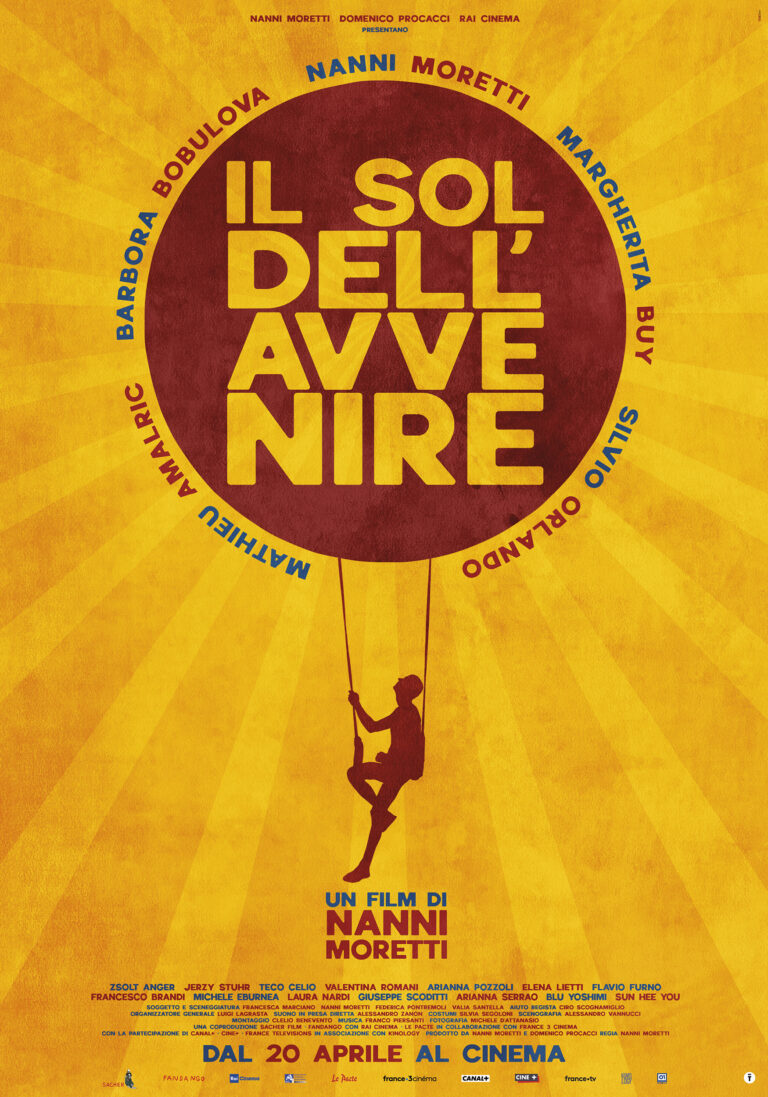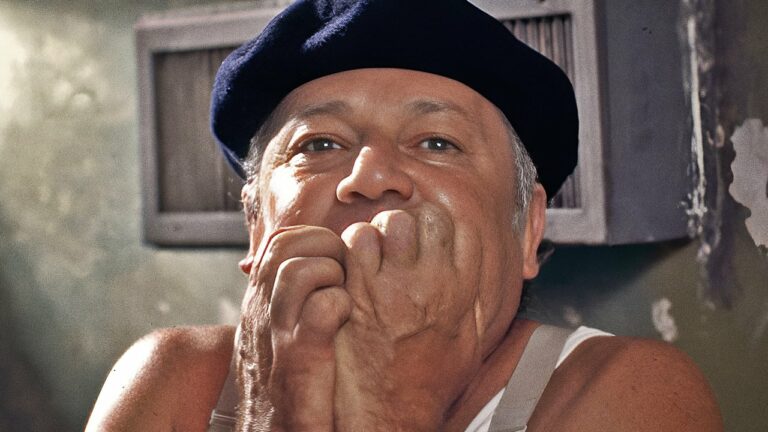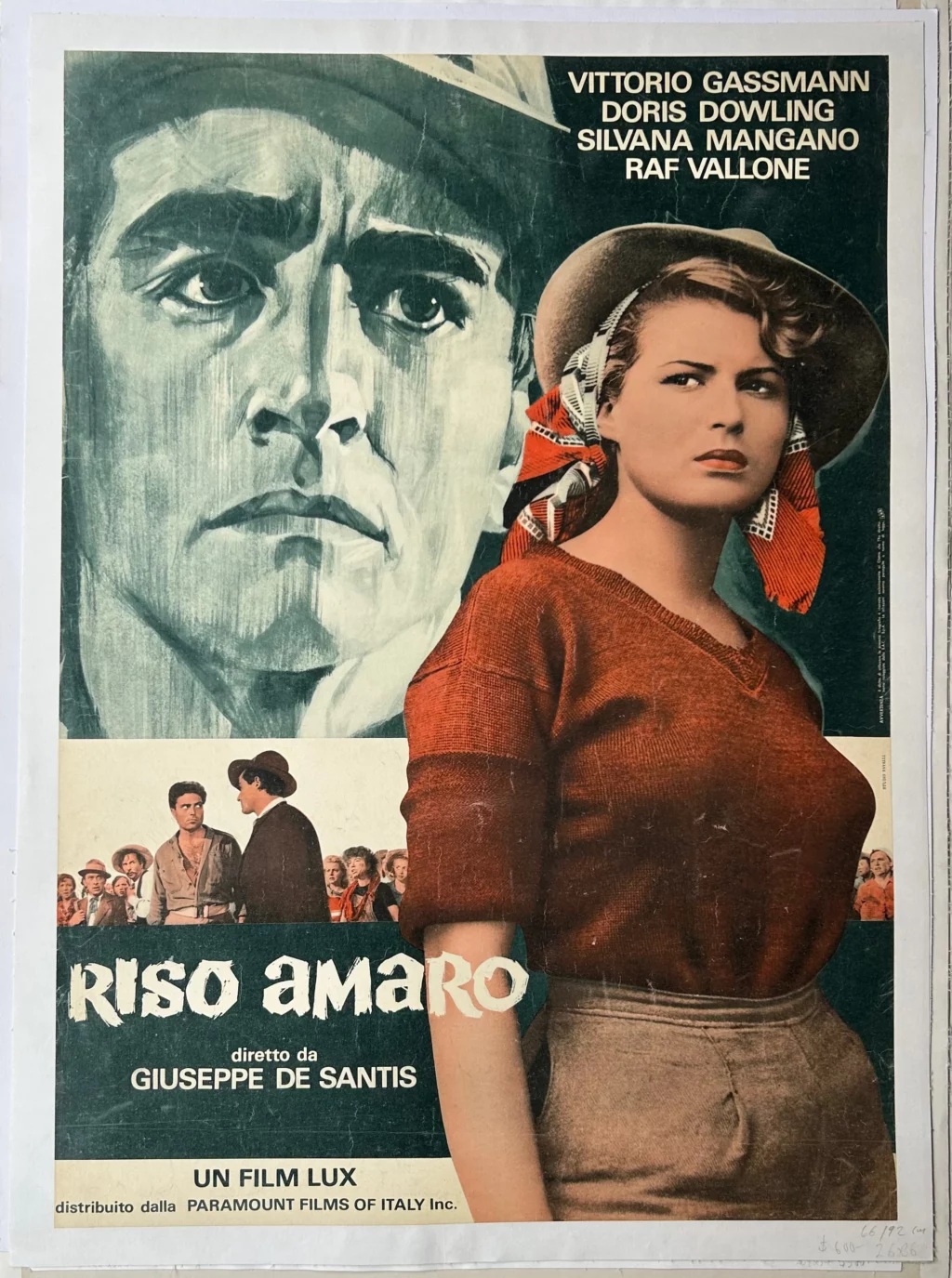
Released in 1949, Bitter Rice (Riso Amaro) is a groundbreaking Italian film that masterfully blends elements of neorealism with noir and melodrama. Directed by Giuseppe De Santis, the film takes a gritty yet visually stunning look at the lives of Italy’s rice-field workers while weaving a tale of passion, betrayal, and social commentary. With standout performances by Silvana Mangano, Vittorio Gassman, and Raf Vallone, Bitter Rice remains a quintessential work in Italian cinema, celebrated for its thematic depth, iconic imagery, and exploration of class struggle.
Introduction
Bitter Rice is more than a film; it’s a raw, emotional portrait of post-war Italy’s social and economic realities. By combining the authentic details of neorealism with the drama of noir and the sensuality of melodrama, Giuseppe De Santis created a work that continues to captivate audiences. The film’s powerful critique of inequality and its unforgettable imagery of women toiling in the rice fields solidified its place in the annals of cinema history.
Plot Summary
Set in Northern Italy during the rice-planting season, Bitter Rice follows a group of women known as mondine, seasonal workers who labor in the flooded rice fields.
Introduction of the Main Characters
- Silvana (Silvana Mangano): A spirited and sensual worker whose dreams of a better life often clash with harsh realities.
- Francesca (Doris Dowling): A fugitive on the run after stealing jewelry with her lover, Walter.
- Walter (Vittorio Gassman): A suave but manipulative thief.
- Marco (Raf Vallone): An honorable soldier who becomes entangled in the drama.
The Story Unfolds
Francesca and Walter, fleeing after a robbery, join the mondine in the rice fields. Francesca, guilt-ridden and disillusioned, forms a bond with Silvana, who is drawn to Walter’s charm. Tensions rise as the characters navigate love, greed, and loyalty in the punishing world of the rice harvest.
Climactic Betrayal and Redemption
The film culminates in a dramatic showdown, where greed and deceit come to a head. Walter’s betrayal and Silvana’s ultimate realization of her misplaced trust lead to a tragic yet cathartic conclusion.
Historical Context
Bitter Rice was released during the height of Italian neorealism, a cinematic movement that sought to depict the struggles of ordinary people in the wake of World War II. While it shares the movement’s focus on realism and social issues, the film also incorporates elements of genre cinema, including noir and melodrama, making it a unique entry in the canon.
The post-war period in Italy was marked by economic hardship and social upheaval, with rural laborers and women facing significant challenges. Bitter Rice reflects these realities, highlighting the exploitation of workers and the growing divide between classes.
Themes in Bitter Rice
1. Class Struggle
The film examines the stark contrasts between the wealthy elite, represented by Walter’s world of crime, and the laboring mondine, who endure backbreaking work for meager wages.
2. Gender and Power
Through its portrayal of strong, independent female workers, Bitter Rice challenges traditional gender roles. Silvana’s complexity as a character embodies both empowerment and vulnerability.
3. Morality and Choices
Each character’s decisions—whether driven by survival, ambition, or love—serve as a commentary on human nature and the moral compromises people make in desperate circumstances.
The Performances
Silvana Mangano as Silvana
Silvana Mangano delivers a star-making performance, combining raw sensuality with emotional depth. Her portrayal of Silvana, a character torn between ambition and morality, is the emotional anchor of the film.
Vittorio Gassman as Walter
Gassman’s suave yet sinister Walter brings a layer of complexity to the antagonist role. His charm masks a ruthless ambition, making him a compelling figure.
Raf Vallone as Marco
Vallone’s Marco serves as the moral compass of the film. His honorable nature contrasts sharply with Walter’s opportunism, adding tension to the narrative.
Doris Dowling as Francesca
Dowling brings vulnerability and nuance to Francesca, whose journey of redemption parallels Silvana’s tragic arc.
Cinematography and Visual Style
Otello Martelli’s cinematography is a standout feature of Bitter Rice. The rice fields, with their vast, waterlogged expanses, create a visually arresting backdrop that reflects the characters’ struggles. The use of light and shadow, particularly in the noir-inspired scenes, adds a layer of tension and drama.
The camera often lingers on the physical labor of the mondine, emphasizing their resilience and humanity while underscoring the exploitation they face.
The Rice Fields as a Character
The rice fields are more than just a setting—they are a living, breathing character in the film. They symbolize both the physical hardship and the sense of community that binds the mondine together. The repetitive, grueling work mirrors the cyclical nature of exploitation and resilience.
Reception and Legacy
Upon its release, Bitter Rice was both a critical and commercial success. It received an Academy Award nomination for Best Story, a rare achievement for a foreign film at the time. Critics praised its bold storytelling, stunning visuals, and Mangano’s unforgettable performance.
The film’s blend of neorealism and genre elements influenced generations of filmmakers, bridging the gap between art cinema and popular entertainment. Today, Bitter Rice is regarded as a classic, frequently studied for its rich themes and innovative style.
Comparison to Other Neorealist Films
While Bitter Rice shares the humanistic focus of films like Bicycle Thieves and Rome, Open City, its use of melodrama and noir sets it apart. De Santis’s willingness to incorporate sensuality and visual spectacle makes the film a unique hybrid that appeals to both intellectual and popular audiences.
FAQs
- What does the title Bitter Rice signify?
The title reflects the dual meaning of “bitter” labor in the rice fields and the emotional bitterness experienced by the characters. - Is Bitter Rice a true neorealist film?
While it incorporates neorealist elements, its use of genre conventions and heightened drama distinguishes it from purer examples of the movement. - Why is Silvana Mangano’s performance iconic?
Mangano’s blend of physicality, sensuality, and emotional vulnerability made her an instant star and a symbol of post-war Italian cinema. - Where was Bitter Rice filmed?
The film was shot on location in the rice fields of Northern Italy, adding authenticity to its portrayal of the mondine’s lives. - What makes Bitter Rice relevant today?
Its exploration of class inequality, gender dynamics, and moral choices remains deeply resonant in contemporary society.
Conclusion
Bitter Rice (Riso Amaro) is a landmark film that continues to captivate audiences with its powerful storytelling, unforgettable performances, and striking visuals. By blending neorealism with elements of noir and melodrama, Giuseppe De Santis created a work that transcends its time, offering a searing critique of social inequality while celebrating the resilience of the human spirit. Decades after its release, Bitter Rice remains a testament to the enduring power of cinema to illuminate the complexities of life and society.
